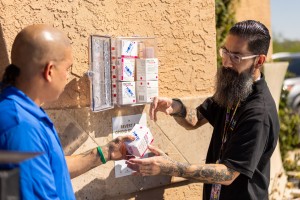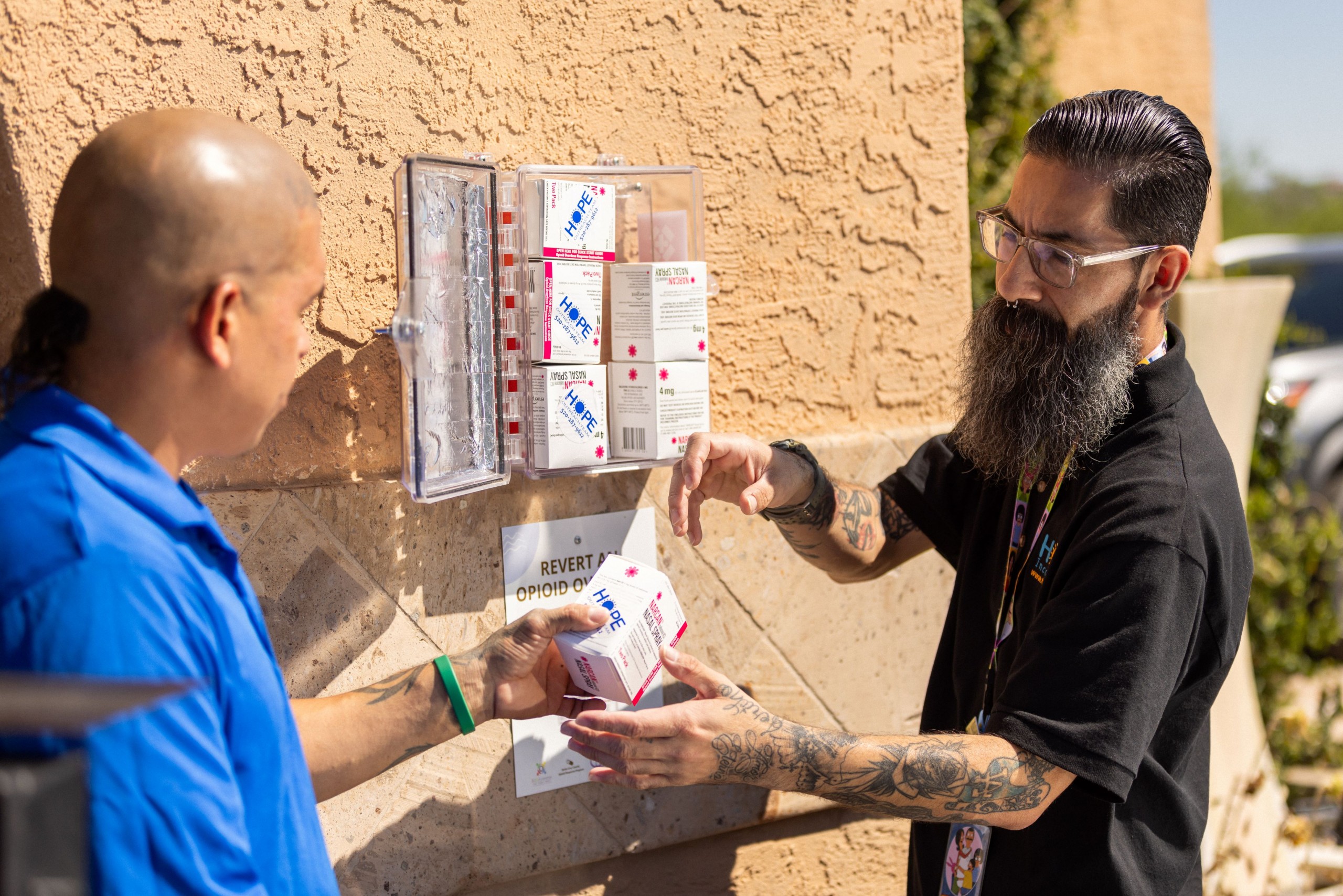 How many lives could be saved if more people carried naloxone and were trained to recognize the signs of overdose? Many of us know and care about at least one person who has struggled with substance use disorder.
How many lives could be saved if more people carried naloxone and were trained to recognize the signs of overdose? Many of us know and care about at least one person who has struggled with substance use disorder.
Overdose statistics indicate that five people a day (more than 1,800 people each year) are dying from opioid overdose in Arizona. If treated in time, people experiencing opioid overdoses can be saved.
Our latest media campaign illustrates how all Arizonans can use naloxone to prevent deaths and give people with opioid use disorder a chance to seek treatment and recovery.
“Recovery is possible, but it’s not possible if I am dead…I am living proof,” shared Luis Gaxiola, a behavioral health technician who is featured in the campaign.
His life was saved by someone who had access to naloxone nasal spray, recognized Luis was experiencing an overdose, and knew how to use it. He now works as a Peer Recovery Support Specialist at Hope, Inc.
An overdose happens when opioids overwhelm the brain and interfere with breathing, leading to dangerously low oxygen levels, which can result in brain damage or death.
Naloxone is a medication that bonds with opioid receptors in the brain and blocks or reverses the effects of opioids. This restores natural breathing.
Everyone has the power to save a life and prevent an opioid overdose. Though it used to be challenging to access naloxone, it is now available over the counter at most pharmacies. Naloxone is safe and will not harm someone if you give it to them and they are not overdosing on an opioid.
You can obtain free naloxone over the counter, from community organizations, and from many county health departments.
Nasal naloxone (also sold under the brand name Narcan) is easy to use and is designed to buy enough time for first responders to arrive and provide medical treatment to someone experiencing an overdose. In Arizona, Good Samaritan Laws protect individuals helping or seeking assistance for an overdose.
To learn more about naloxone and the life saving benefits it offers visit our Naloxone website. To check out opioid statistics and resources available in Arizona, you can visit our Opioid Prevention site.










